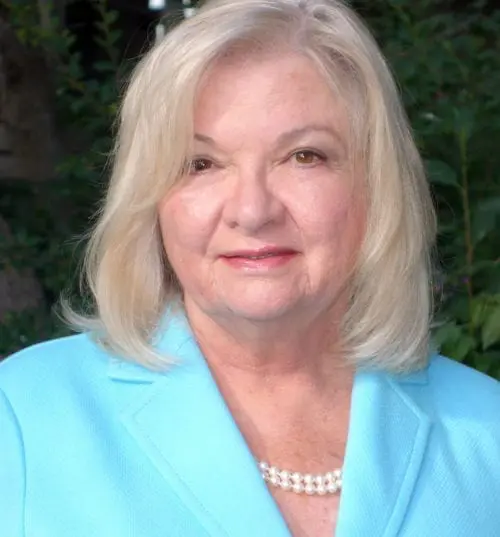
“Whatever you do don’t call them retirees or seniors,” say experts about those born in the 1950s.
That everyone over the age of 65 – or even 55 – is retired is only one misconception about the post-55 age group who are often perceived as technophobes, not receptive to new ideas and change in general. Quite often, the 65-plus age group is portrayed tottering on canes ready to fall into a comfy chair and fade into the background.
If that’s your perception of older adults or life after 50, it’s time for a reality check. For starters, the term 55-plus, which is the minimum age set by HUD for a community to be classified as senior housing, covers a broad sweep of more than 35 years or a single generation.
Approximately 25 percent of those born in the 1950s will work fulltime into their late 60s, and far more will work part time, according to estimates from John Burns Real Estate Consulting. AARP research shows more than a quarter do not expect to ever fully leave the workforce.
Still, old stereotypes tend to live large. “The misconception is you think 55-plus, and you think it’s like everybody’s running around with walkers and wheelchairs, right? It’s just not the case,” says Michael Genrich, who, along with his wife Kathleen, spent two years researching multiple locations and communities before opting for a home in a 55-plus community in Terramor, a new master planned community (MPC) about 18 miles from the Orange County home where they raised their children.
Where does this demographic want to live?
Where and how baby boomers will live as they age is a hot topic among housing experts. One thing is certain, says John Burns, “they do not want to be pigeonholed.” Instead, experts expect this cohort to explore a range of options from active adult developments to master-planned communities with a mix of ages and neighborhoods to aging in place in their current home.
Unlike prior generations, who often moved to distant locations when they retired, family and friends are very important to this cohort, and they are not expected to venture too far from their home base which means new communities are often within an easy drive but still in less costly locations. Terramor is inland from Southern California’s priciest zip codes but still along the Interstate 15 corridor. A backdrop of the Santa Ana Mountains translates into captivating views. “I think that’s what younger 55 plus buyers are looking for, a highly amenitized community integrated into location where they can stay connected,” observes Sarah McPherson, marketing and lifestyle manager for developer Foremost Companies.
While many downsizers, like the Genriches, are still employed, others see this life stage as an opportunity to follow long term passions. Still others start an entirely new career. Among those planning to retire, one in four plans to start a business or earn money in an independent way, according to AARP.
Essentially, they are “looking for a launchpad, not a pasture,” says Matt Sauls, vice president of marketing and product development for Pardee Homes Inland Empire. “It’s a very vibrant group,” he says of potential owners at Altis, a new community in Beaumont, California, just east of L.A. “Many have earned enough in their career to have a second career around something they are very passionate about. We’ve been marketing for about a year and we’ve had six information sessions with prospective clients. I would say about half of them plan on working, and not because every one has to work. For some people work is part of a continuous lifelong learning and aspiration.”
In part, says Kira Sterling, chief marketing officer at Toll Brothers, “It’s not so much an age, but where you are on the continuum. A lot of people are working past retirement age.” Of those interested in 55-plus opportunities, she says, “We’re seeing a cohort of still working, downsizing, maintenance-free loving people who want life back but who are very much engaged in the workforce to those many years retired who are finally willing to divest of the family nest. And of course, there is a middle group who are newly retired or just about to retire. We think of them as three different cohorts.”
Kathleen Genrich said she had concerns initially about only being around older people, but she discovered residents to be particularly active. Additionally, like many new MPCs, Terramor includes age-restricted and non-age restricted neighborhoods.
Toll Brothers has 55-plus communities as well as communities that offer a similar product without that government age restriction. The product appeal is there; the location appeal is there, she says. However people have the understanding that children might be around so it’s not going to be a bike free quiet environment.
Amenities and activities are a huge draw
Curating the right mix of amenities and activities is critical to most projects geared toward Boomers. “This is not a mahjong or bridge only group,” observes Sterling.
Residents might play golf, but an onsite course isn’t a necessity. Active pursuits such as walking and bike trails, yoga and workout centers are essentials along with dynamic club houses.
“I found that the people we’ve met are very social and that important to their lives,” says Kathleen Genrich.
The most pervasive attitude according to Mike Genrich is just wanting to have fun. “People here have lived their lives they’ve saved, and now it’s time to enjoy themselves.

Camilla McLaughlin is an award-winning writer specializing in house and home. Her work has appeared in leading online and print publications, such as Yahoo! Real Estate, Unique Homes magazine and Realtor magazine. She has also freelanced for the Associated Press.
 Luxury Amenities in Vertical Villages
Luxury Amenities in Vertical Villages